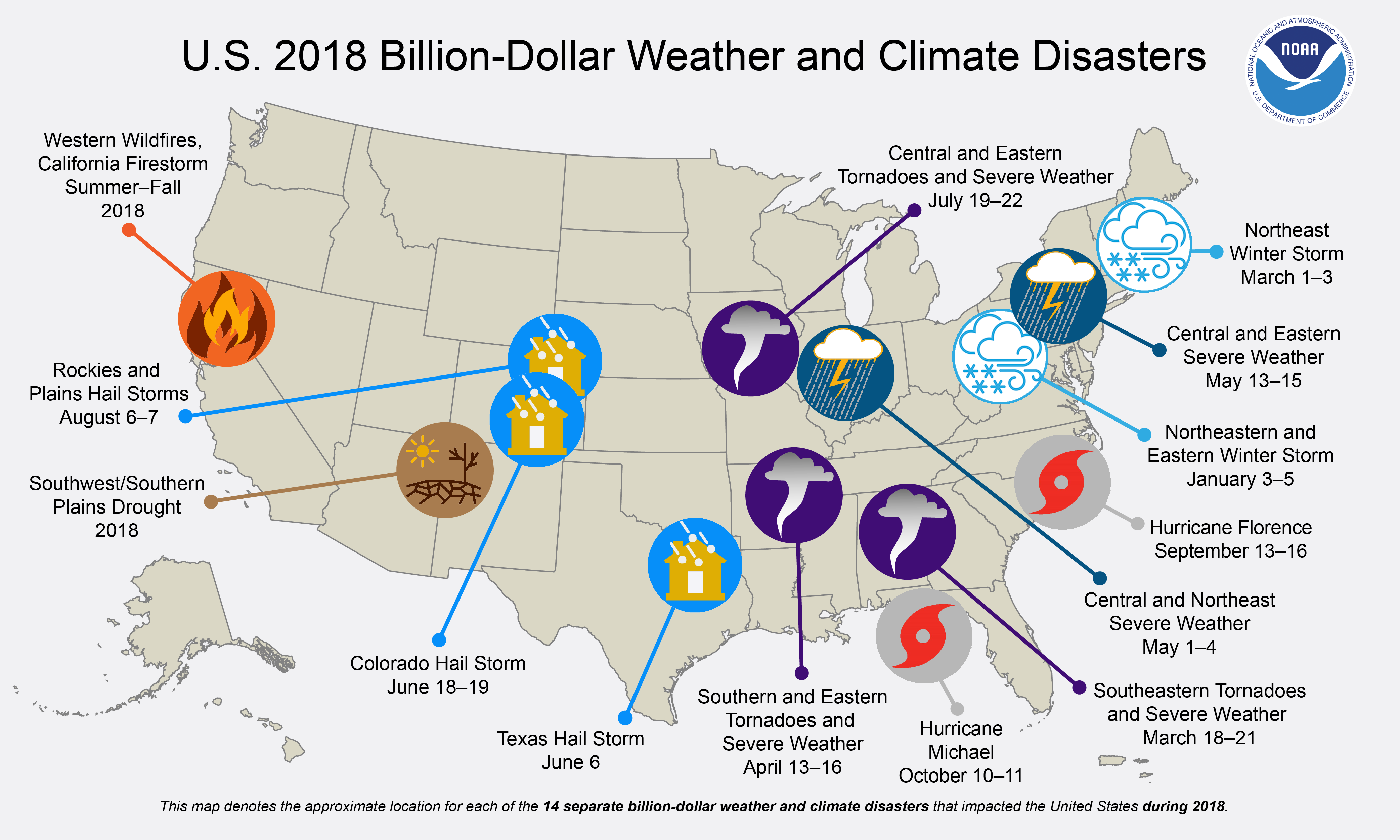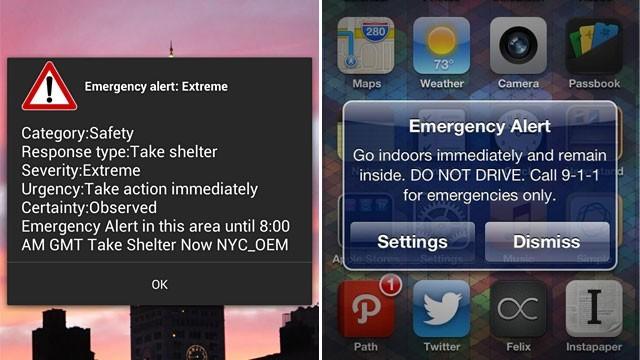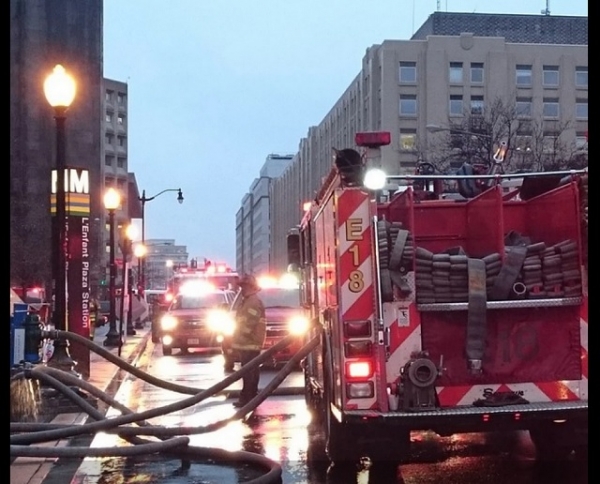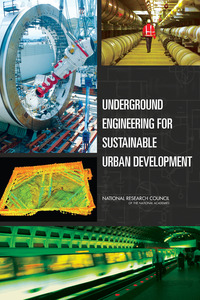
According to the National Oceanic and Atmospheric Administration (NOAA), the U.S. provided $91 billion in total disaster relief for weather events in 2018 – the 4th highest total cost behind the years 2017, 2005 and 2012. This includes one drought event, eight severe storm events, two tropical cyclone events, one wildfire event, and two winter storm events. Overall, these events resulted in the deaths of 247 people and had significant economic effects on the areas impacted. Our publications provide guidelines and resources for all stakeholders involved in disaster preparedness, response, and recovery. All are free to download.
Emergency Alert and Warning Systems: Current Knowledge and Future Research Directions
Following a series of natural disasters, including Hurricane Katrina, that revealed shortcomings in the nation’s ability to effectively alert populations at risk, Congress passed the Warning, Alert, and Response Network (WARN) Act in 2006. …
Integrating Social and Behavioral Sciences Within the Weather Enterprise
Our ability to observe and forecast severe weather events has improved markedly over the past few decades. Forecasts of snow and ice storms, hurricanes and storm surge, extreme heat, and other severe weather events are made with greater accuracy, …
Preparing for the Future of Disaster Health Volunteerism: Proceedings of a Workshop—in Brief
On April 26, 2017, the Forum on Medical and Public Health Preparedness for Disasters and Emergencies convened a workshop during a 4-hour session of the 2017 Preparedness Summit. Participants discussed potential characteristics of society in the …
Regional Disaster Response Coordination to Support Health Outcomes: Summary of a Workshop Series
When disaster strikes, it rarely impacts just one jurisdiction. Many catastrophic disaster plans include support from neighboring jurisdictions that likely will not be available in a regional disaster. Bringing multiple stakeholders together from …
In the devastation that follows a major disaster, there is a need for multiple sectors to unite and devote new resources to support the rebuilding of infrastructure, the provision of health and social services, the restoration of care delivery …
Disaster Resilience: A National Imperative
No person or place is immune from disasters or disaster-related losses. Infectious disease outbreaks, acts of terrorism, social unrest, or financial disasters in addition to natural hazards can all lead to large-scale consequences for the nation …
Catastrophic disasters occurring in 2011 in the United States and worldwide–from the tornado in Joplin, Missouri, to the earthquake and tsunami in Japan, to the earthquake in New Zealand–have demonstrated that even prepared communities can be …
Crisis Standards of Care: A Toolkit for Indicators and Triggers
Disasters and public health emergencies can stress health care systems to the breaking point and disrupt delivery of vital medical services. During such crises, hospitals and long-term care facilities may be without power; trained staff, …
Reducing Coastal Risk on the East and Gulf Coasts
Hurricane- and coastal-storm-related losses have increased substantially during the past century, largely due to increases in population and development in the most susceptible coastal areas. Climate change poses additional threats to coastal …
Dam and Levee Safety and Community Resilience: A Vision for Future Practice
Although advances in engineering can reduce the risk of dam and levee failure, some failures will still occur. Such events cause impacts on social and physical infrastructure that extend far beyond the flood zone. Broadening dam and levee safety …
Building Community Disaster Resilience Through Private-Public Collaboration
Natural disasters–including hurricanes, earthquakes, volcanic eruptions, and floods–caused more than 220,000 deaths worldwide in the first half of 2010 and wreaked havoc on homes, buildings, and the environment. To withstand and recover from …
Natural disasters are having an increasing effect on the lives of people in the United States and throughout the world. Every decade, property damage caused by natural disasters and hazards doubles or triples in the United States. More than half …



















